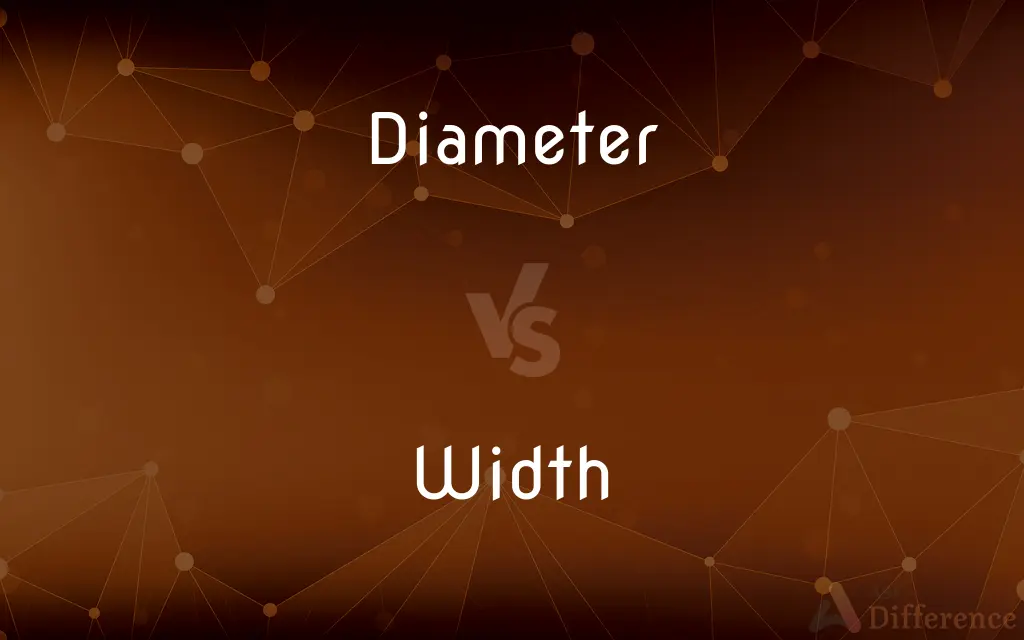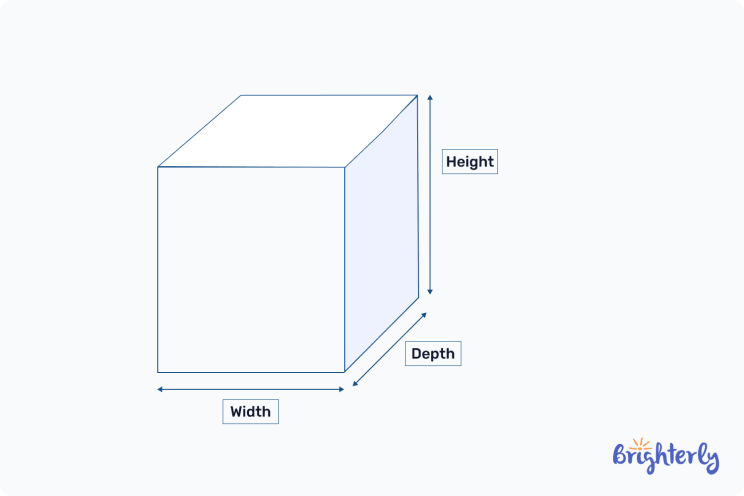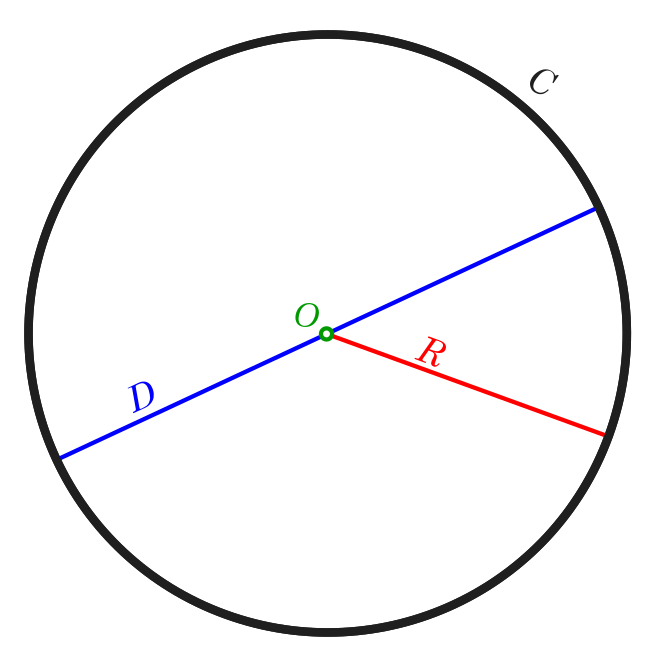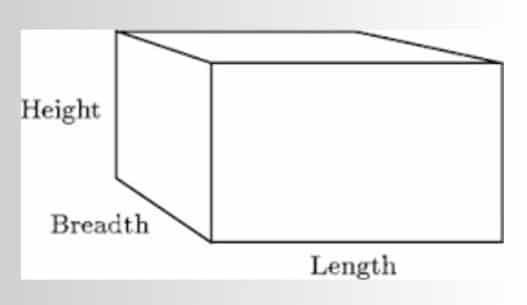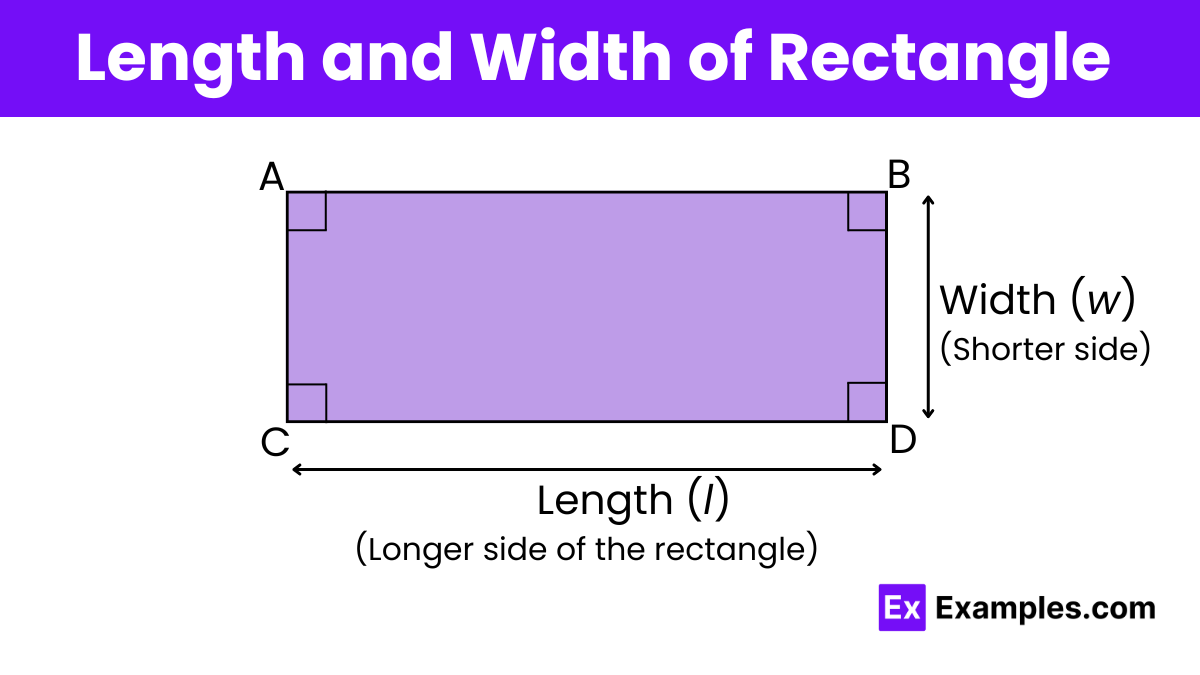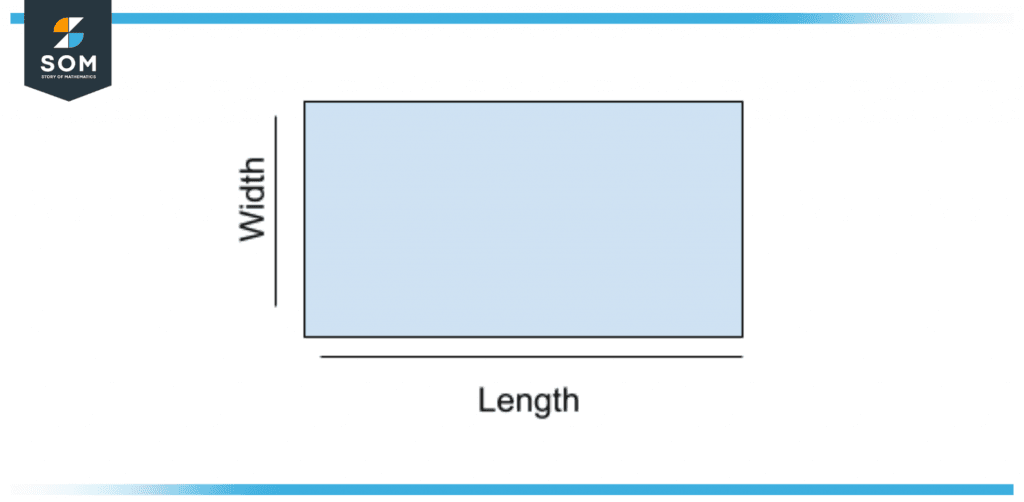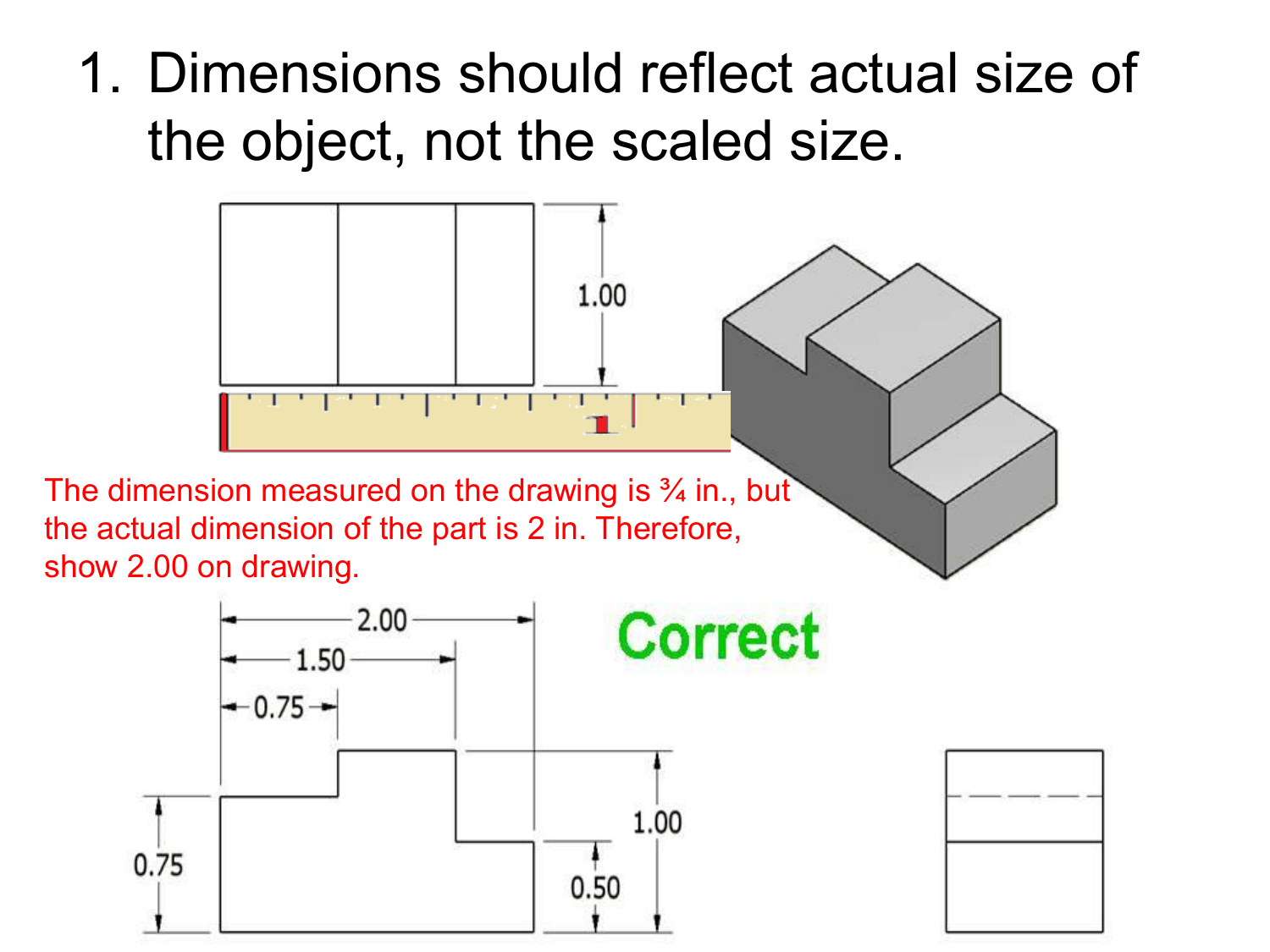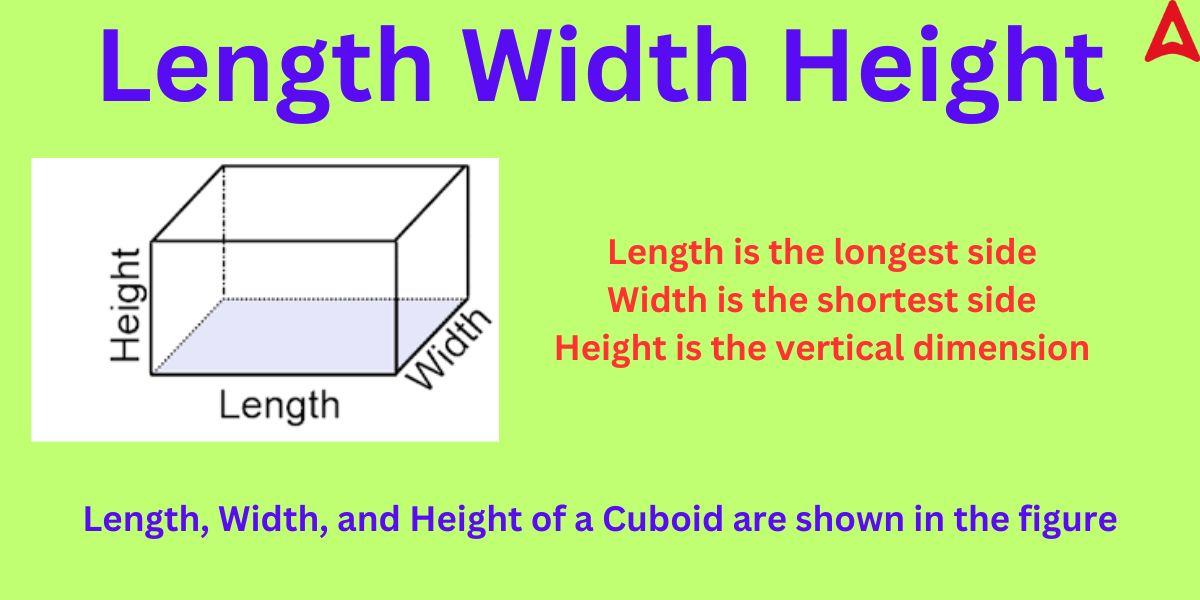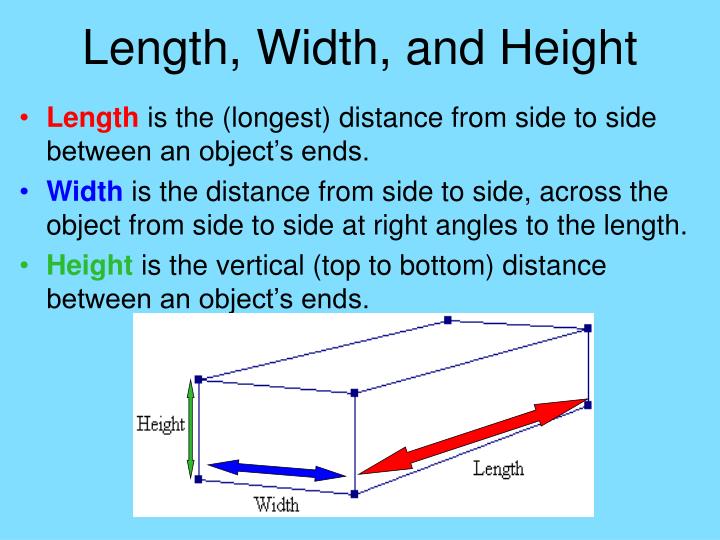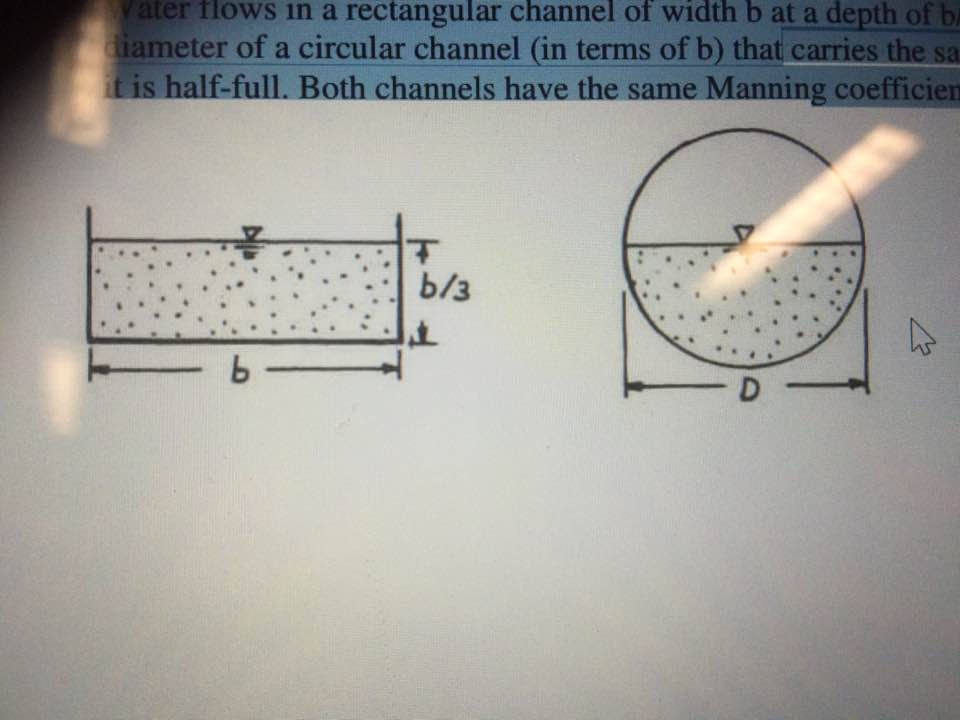Is Width And Diameter The Same
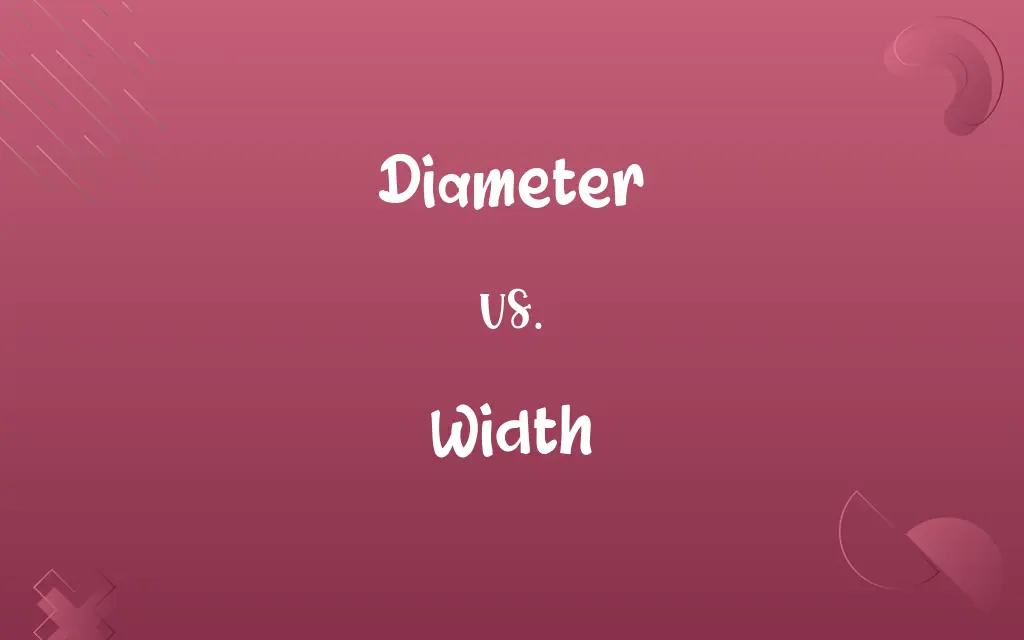
The deceptively simple question of whether width and diameter are synonymous has sparked surprisingly heated debate, not in the realm of everyday conversation, but within technical fields where precision is paramount. A seemingly minor misunderstanding can lead to costly errors in engineering, manufacturing, and even medical applications.
At the heart of the issue lies the distinction between general usage and technical definitions. This article will delve into the nuances of these terms, consulting expert opinions and established definitions to clarify their appropriate contexts. The goal is to provide a clear understanding of when the terms can be used interchangeably and, more importantly, when they cannot, preventing potential misinterpretations and costly mistakes.
Defining Width
Width, in its most general sense, refers to the measurement of an object from side to side. It is often considered the shorter of two dimensions describing the length of an object's face. This definition is widely accepted in everyday language and informal settings.
However, the vagueness of this definition is where the problem begins. What constitutes "side to side"? How is width measured on an irregular object?
According to Merriam-Webster, width is defined as "the measurement or extent of something from side to side". While helpful, this definition lacks the precision required for technical applications.
Defining Diameter
Diameter, on the other hand, carries a far more specific and mathematically rigorous definition. It strictly applies to circles and spheres. Specifically, it refers to the straight-line distance passing through the center of the circle or sphere, connecting two points on the circumference or surface.
The diameter is always twice the radius of a circle or sphere (d = 2r). This mathematical relationship is fundamental to geometry and trigonometry.
The Oxford English Dictionary defines diameter as "a straight line passing from side to side through the center of a circle or sphere". This highlights the crucial distinction: diameter inherently involves a center point and a circular or spherical shape.
The Crucial Difference
The core difference, therefore, lies in the shape to which each term applies. Width is a general term applicable to a wide range of shapes and objects. Diameter is a specific term reserved exclusively for circles and spheres.
Using diameter to describe the side-to-side measurement of a rectangle, for instance, would be technically incorrect. Similarly, using width to calculate the circumference of a circle using the formula *πd* could lead to confusion if the reader interprets "width" as something other than the actual diameter.
Misuse of these terms can have serious consequences in technical fields.
Expert Opinions and Applications
Engineers frequently encounter this distinction in design and manufacturing. In a structural engineering context, using width loosely to describe the diameter of a pipe could lead to miscalculations in fluid flow or structural integrity.
Dr. Anya Sharma, a professor of mechanical engineering at MIT, emphasized the importance of precise language. "In engineering, ambiguity is the enemy. Using width when diameter is meant can lead to flawed designs and potentially catastrophic failures."
Medical imaging provides another relevant example. The diameter of a tumor is a critical measurement for diagnosis and treatment planning. While one might colloquially refer to the "width" of the tumor, clinical reports must specify diameter to ensure accuracy and consistency.
Examples of Correct and Incorrect Usage
Correct Usage: "The diameter of the pipe is 10 centimeters." This is accurate because a pipe has a circular cross-section.
Incorrect Usage: "The diameter of the table is 3 feet." This is only correct if the table is perfectly circular. If it is square or rectangular, width and length would be the appropriate terms.
Correct Usage: "The width of the room is 12 feet." This is generally acceptable as a description of the room's shorter dimension.
Context Matters
The interchangeability of width and diameter depends heavily on the context. In casual conversation, using width to approximate the diameter of a circular object might be acceptable, especially if the object is roughly circular.
However, in any technical document, scientific paper, or engineering design, adhering to precise definitions is crucial. Clarity and accuracy should always be the primary concern.
Consider the audience and their level of technical expertise when choosing between the terms.
The Role of Industry Standards
Many industries have established standards to ensure consistent terminology. Organizations like the International Organization for Standardization (ISO) and the American National Standards Institute (ANSI) publish guidelines that define terms and measurement methods.
Adhering to these standards minimizes the risk of miscommunication and ensures that everyone is speaking the same language.
These standards are especially important in global collaborations.
Moving Forward: Promoting Clarity
The ongoing debate about width and diameter highlights the importance of precise language, especially in technical fields. Education and consistent application of terminology are key to preventing misunderstandings.
By emphasizing the specific definition of diameter and understanding its limitations to circular and spherical shapes, we can avoid potential errors and improve communication across various disciplines.
Ultimately, fostering a culture of precision in language contributes to safer, more efficient, and more reliable outcomes in engineering, science, and beyond. Further research into improving technical communication is encouraged.
